International Beaver Day, celebrated annually on April 7th, honors these remarkable ecosystem engineers and their incredible impact on wetland environments. These industrious rodents were once hunted to near extinction for their fur and castor oil, but have made an impressive comeback in many regions.
Their dam-building activities create wetlands that support biodiversity, improve water quality, and even help mitigate climate change by storing carbon. Want to celebrate these fascinating creatures through wildlife travel?
Here is a list of 15 incredible destinations where you can observe beavers in their natural habitat while supporting conservation efforts.
Yellowstone National Park
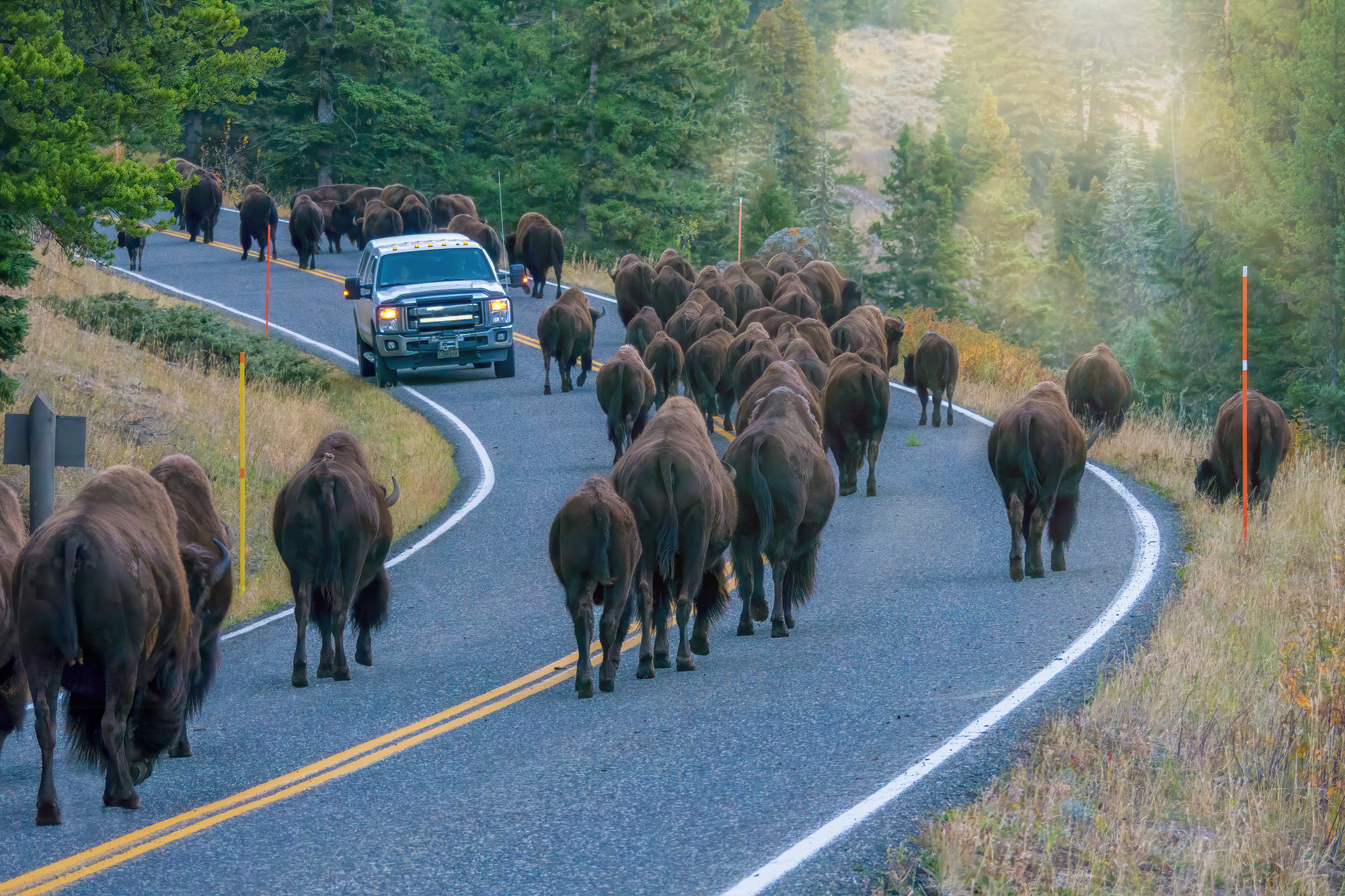
Yellowstone offers some of the best beaver-watching opportunities in North America, particularly along the Madison and Gallatin Rivers. Evening visits provide the highest chance of spotting these primarily nocturnal animals as they emerge to work on their lodges and dams.
The reintroduction of wolves to Yellowstone actually helped beaver populations recover, as wolves reduced elk numbers that had been overgrazing riverside vegetation beavers need for food and construction materials.
Knapdale Forest, Scotland
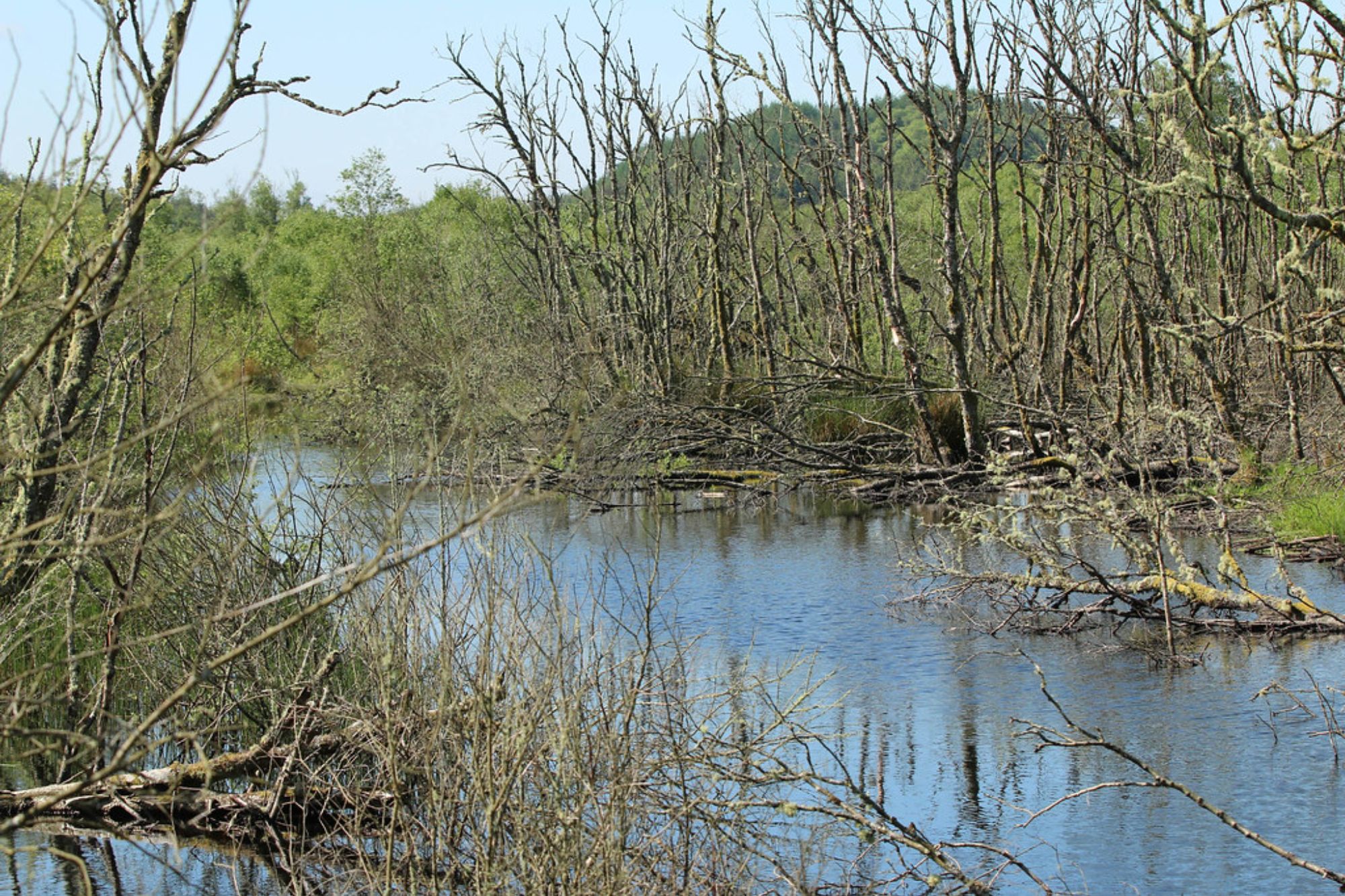
Knapdale Forest became the site of the Scottish Beaver Trial, the first official beaver reintroduction in the UK. After being extinct in Britain for over 400 years, beavers were brought back to this location in 2009.
Visitors can explore waymarked trails around Loch Coille-Bharr and Dubh Loch where beaver activity is evident from gnawed trees and impressive dams.
Grand Teton National Park
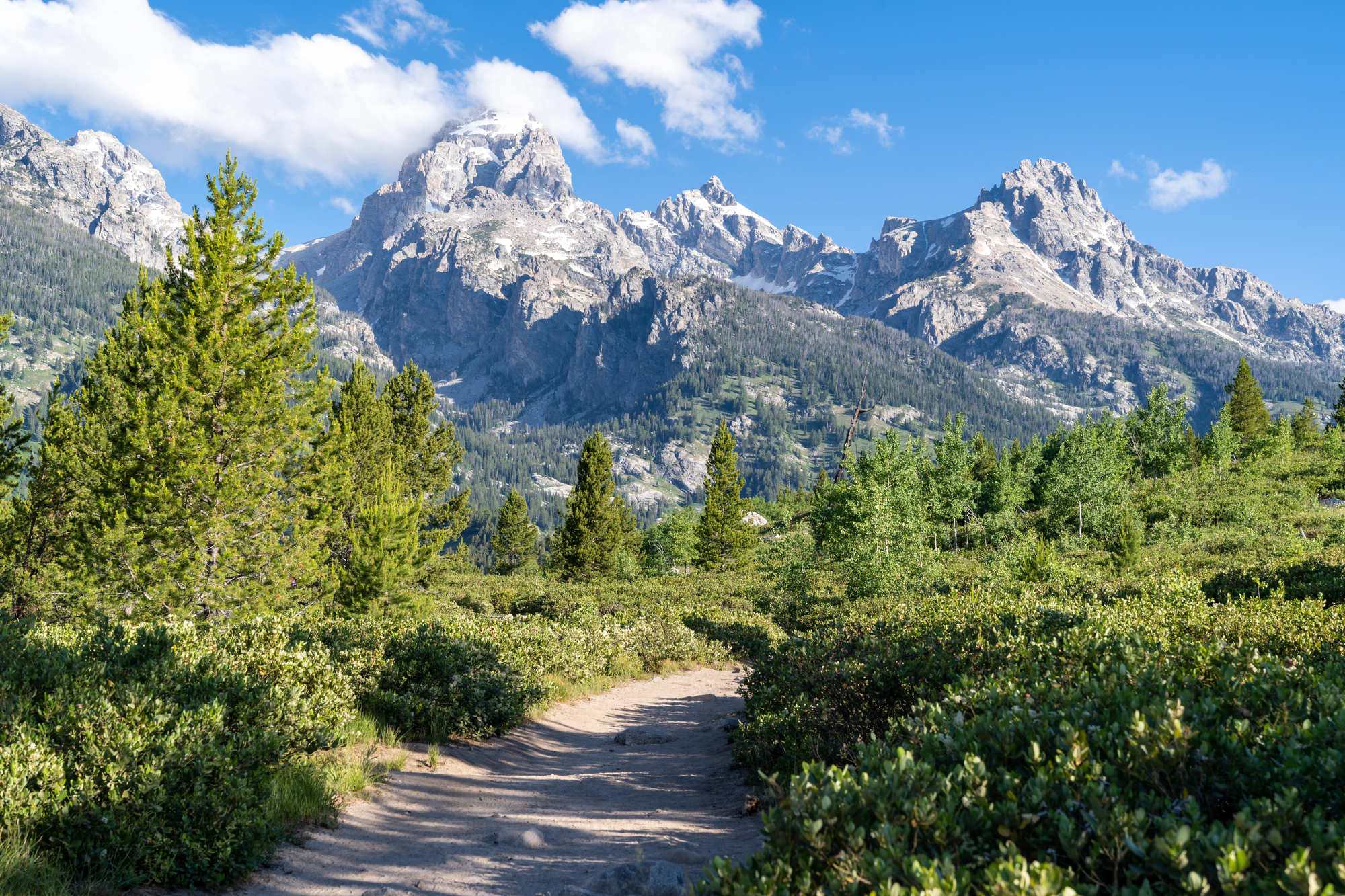
The waterways of Grand Teton National Park provide ideal beaver habitat with plentiful aspen and willow. Oxbow Bend and Schwabacher Landing are prime viewing spots where beavers have created complex systems of channels and ponds.
Early morning or late evening visits during spring and summer months increase your chances of witnessing these animals swimming with freshly cut branches or slapping their tails on water to warn family members of potential danger.
Like Travel Pug’s content? Follow us on MSN.
Martinez, California
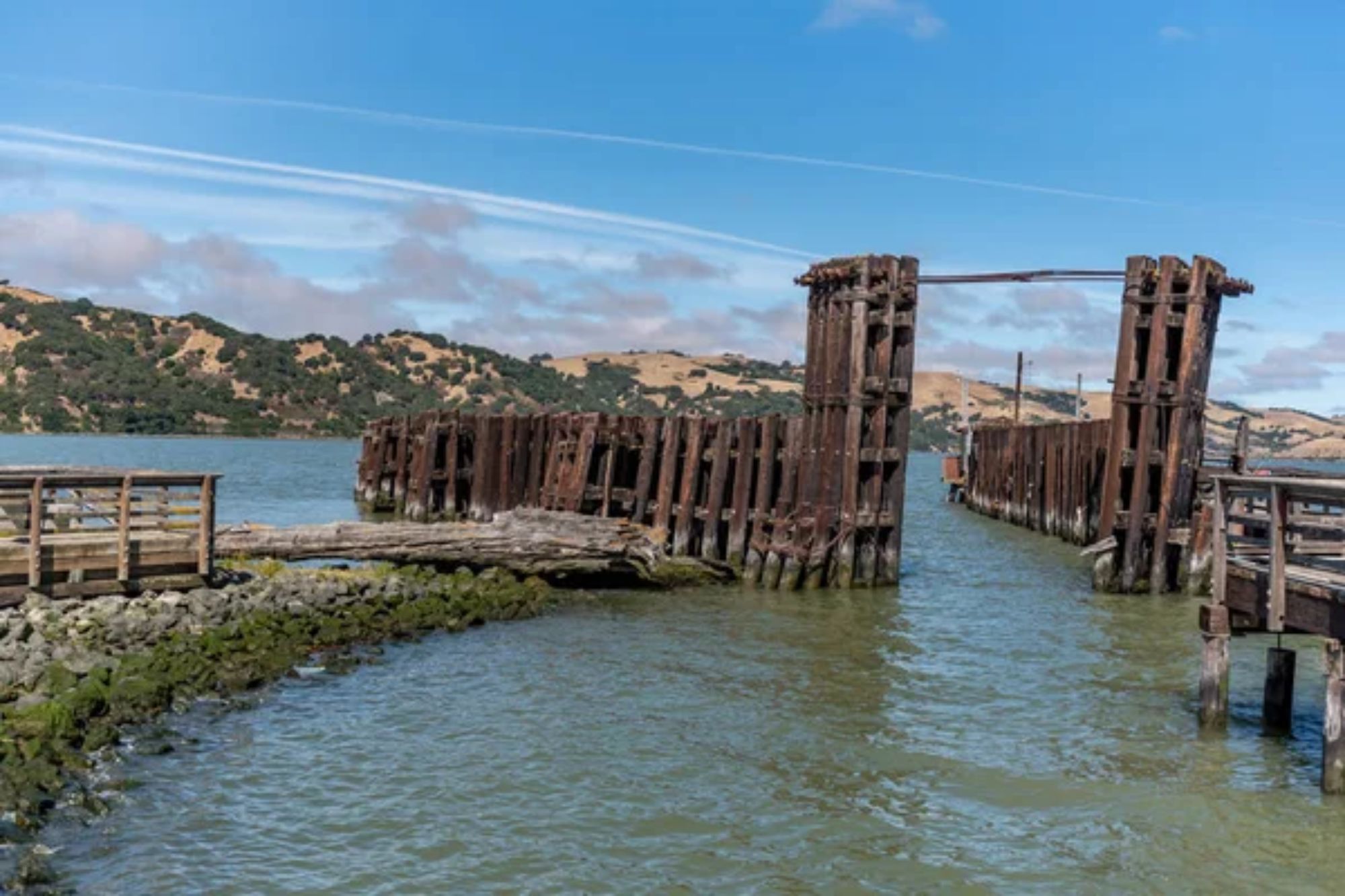
This suburban town became famous for embracing a family of beavers that settled in Alhambra Creek in 2007. Initially controversial, the beavers’ presence ultimately revitalized the creek ecosystem and became a community rallying point.
The ‘Worth a Dam’ organization hosts an annual Beaver Festival and provides resources for beaver-friendly management practices.
Wood Buffalo National Park, Canada
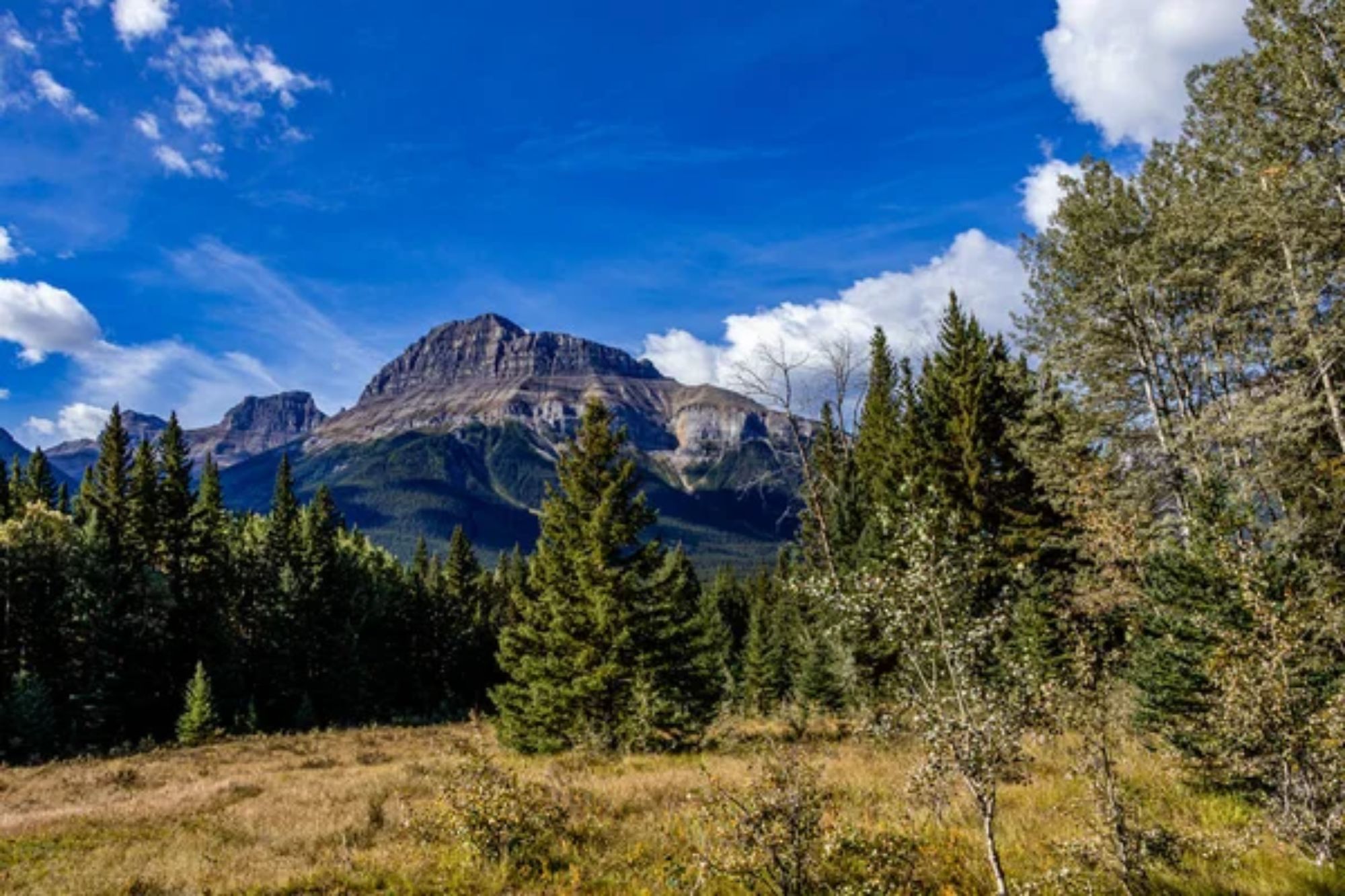
As Canada’s largest national park and a UNESCO World Heritage site, Wood Buffalo contains extensive beaver habitat across its immense 17,300 square miles. The park’s Peace-Athabasca Delta features some of the world’s largest beaver dams, including structures visible from space.
These engineering marvels create crucial wetland habitats that support countless other species, from fish and amphibians to birds and mammals that depend on the altered landscape.
Voyageurs National Park, Minnesota
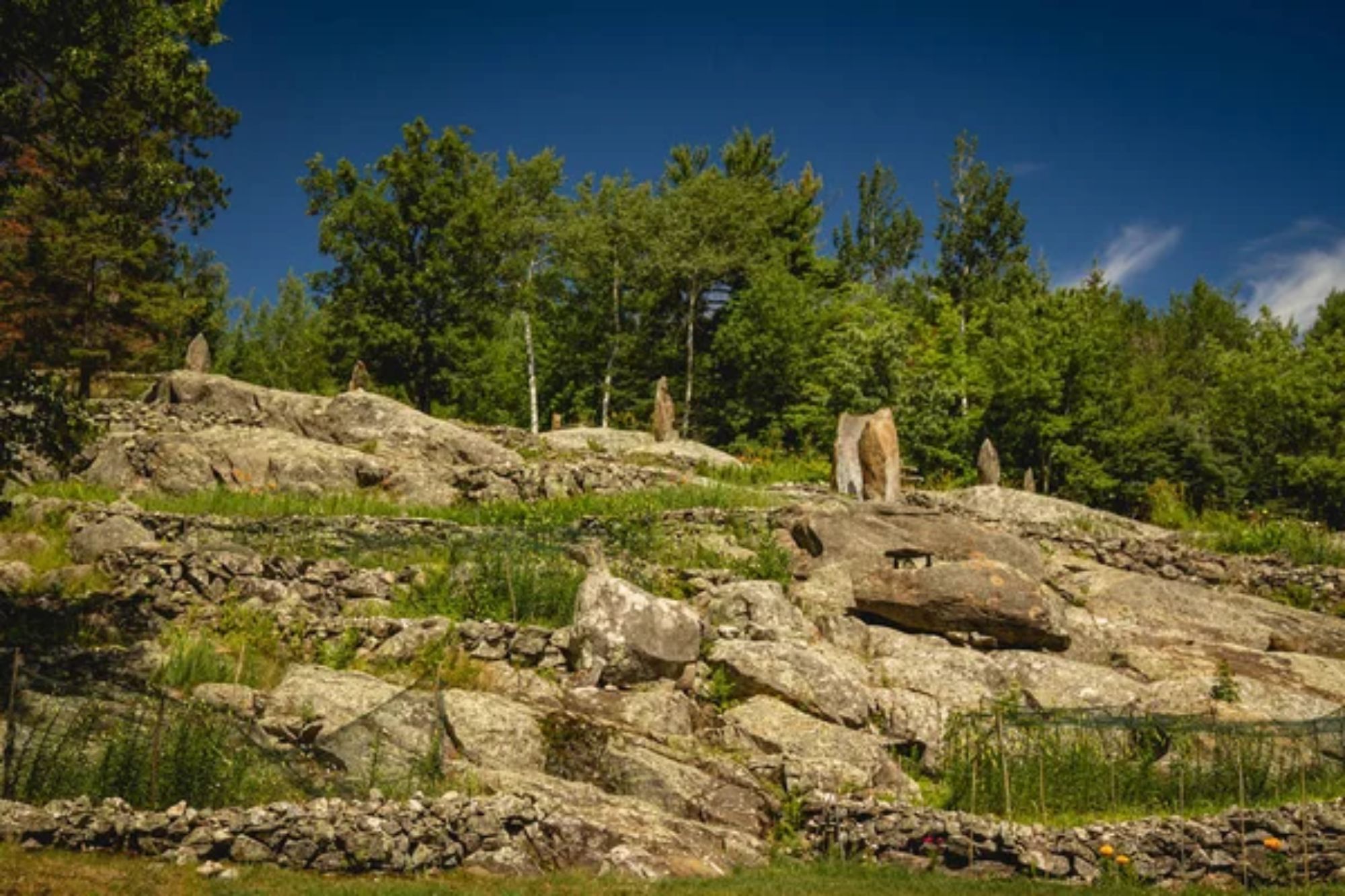
This water-based park boasts a network of interconnected waterways ideal for beaver observation. The park’s numerous lakes and boreal forest provide perfect materials for beaver construction projects and sustainable food sources.
Canoe routes offer intimate wildlife viewing experiences, with beaver lodges often visible along shorelines of Kabetogama and Namakan Lakes.
Like Travel Pug’s content? Follow us on MSN.
Tierra del Fuego, Argentina
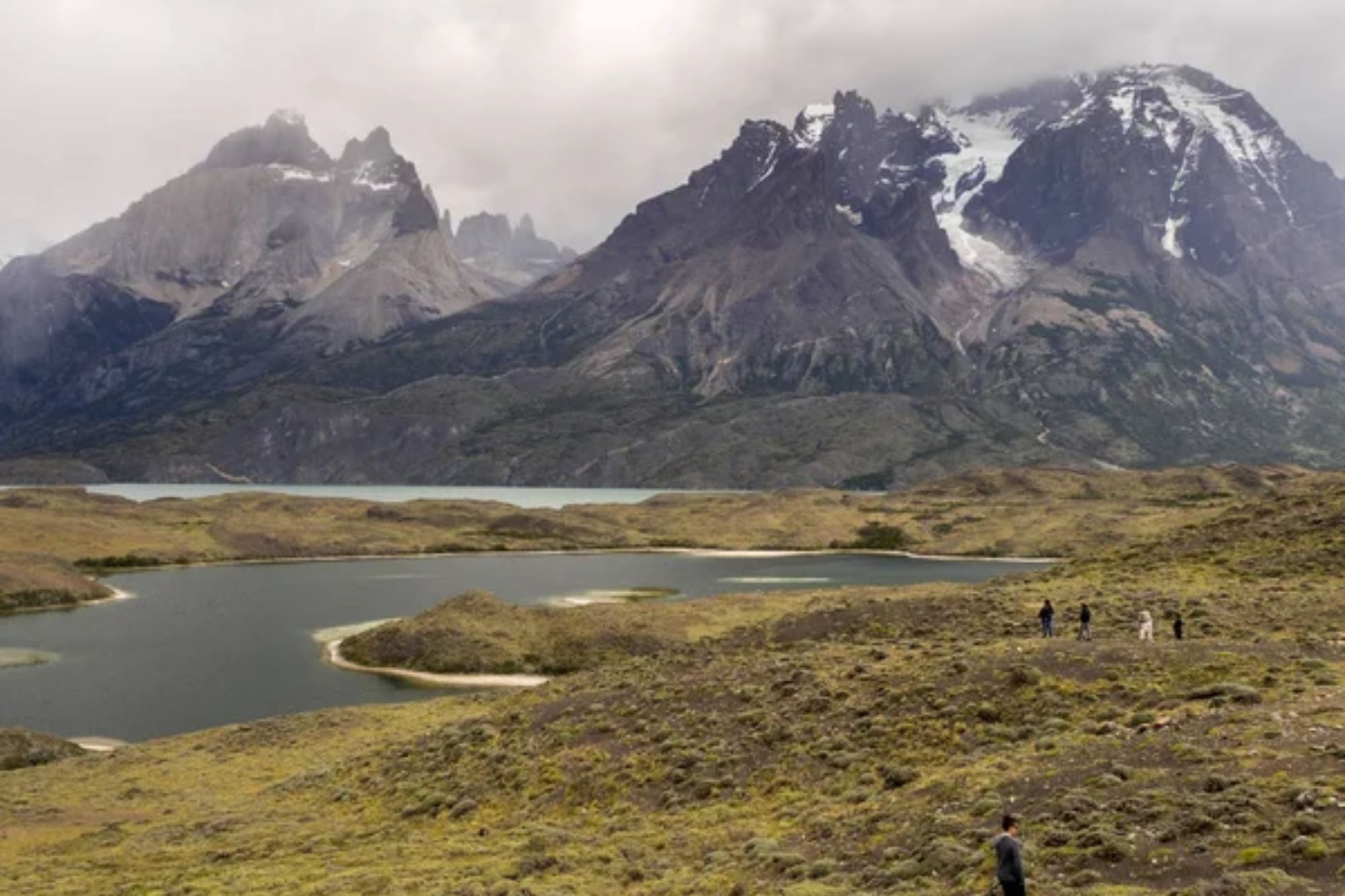
The southern tip of South America faces an unusual beaver situation—North American beavers were introduced in the 1940s and have become invasive without natural predators. Guided tours in Tierra del Fuego National Park showcase the dramatic landscape transformation caused by these non-native ecosystem engineers.
The region offers a unique case study in the complex interplay between conservation, ecosystem management, and beaver impacts.
Denali National Park, Alaska
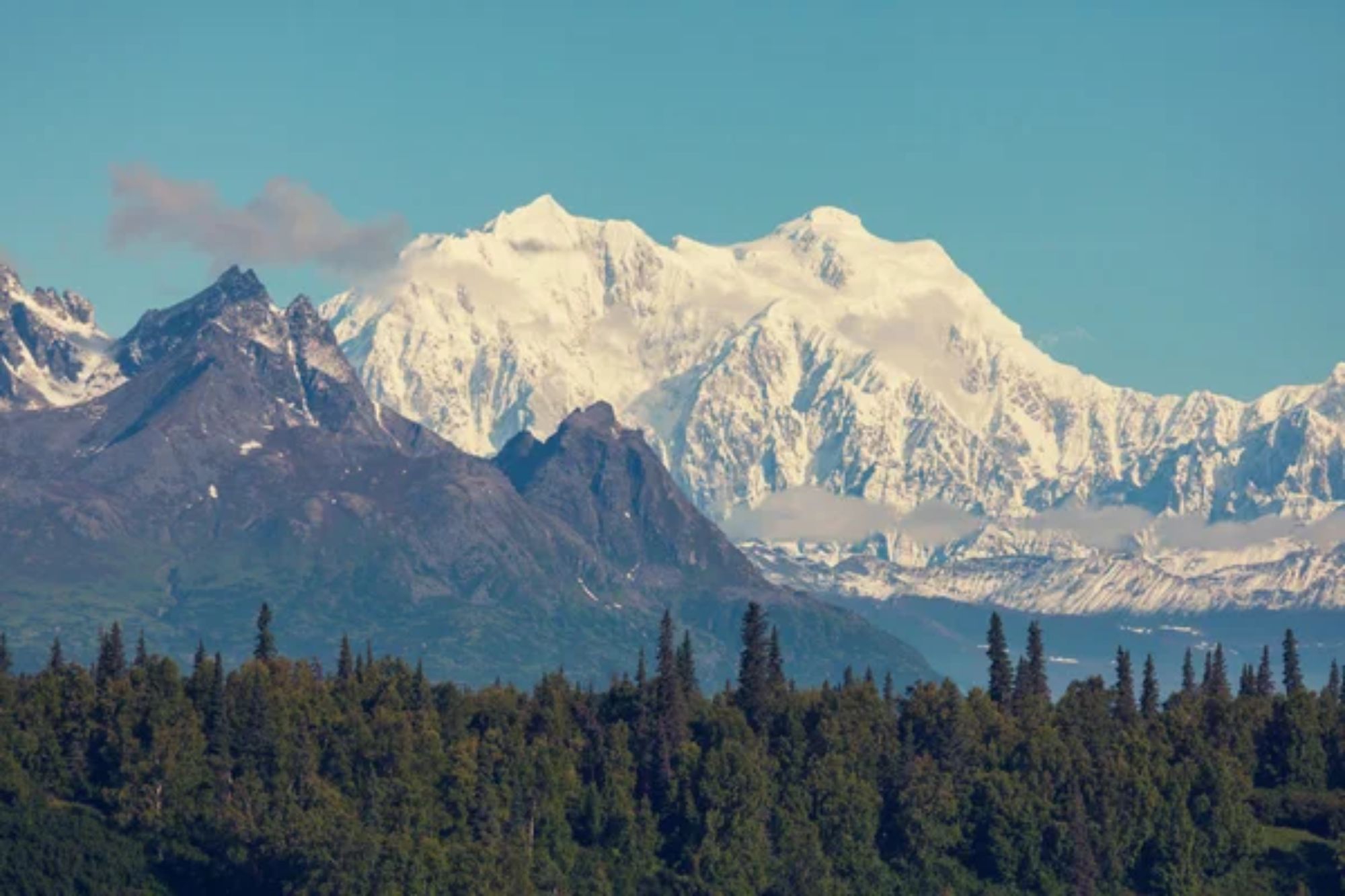
The vast wilderness of Denali provides excellent habitat for beavers throughout its network of streams, ponds, and lakes. Wonder Lake and the Savage River areas often show signs of beaver activity, from chewed trees to impressive dams.
The park’s interpretation programs frequently highlight the role these animals play in shaping the Alaskan landscape.
Biesbosch National Park, Netherlands

This freshwater tidal wetland became home to beavers in 1988 after their reintroduction following centuries of absence. The network of rivers and creeks creates an ideal environment for beaver colonies to thrive and expand.
Boat tours offer the best opportunity to spot beavers and their distinctive signs of activity throughout this unique European delta.
Like Travel Pug’s content? Follow us on MSN.
Bernheim Forest, Kentucky
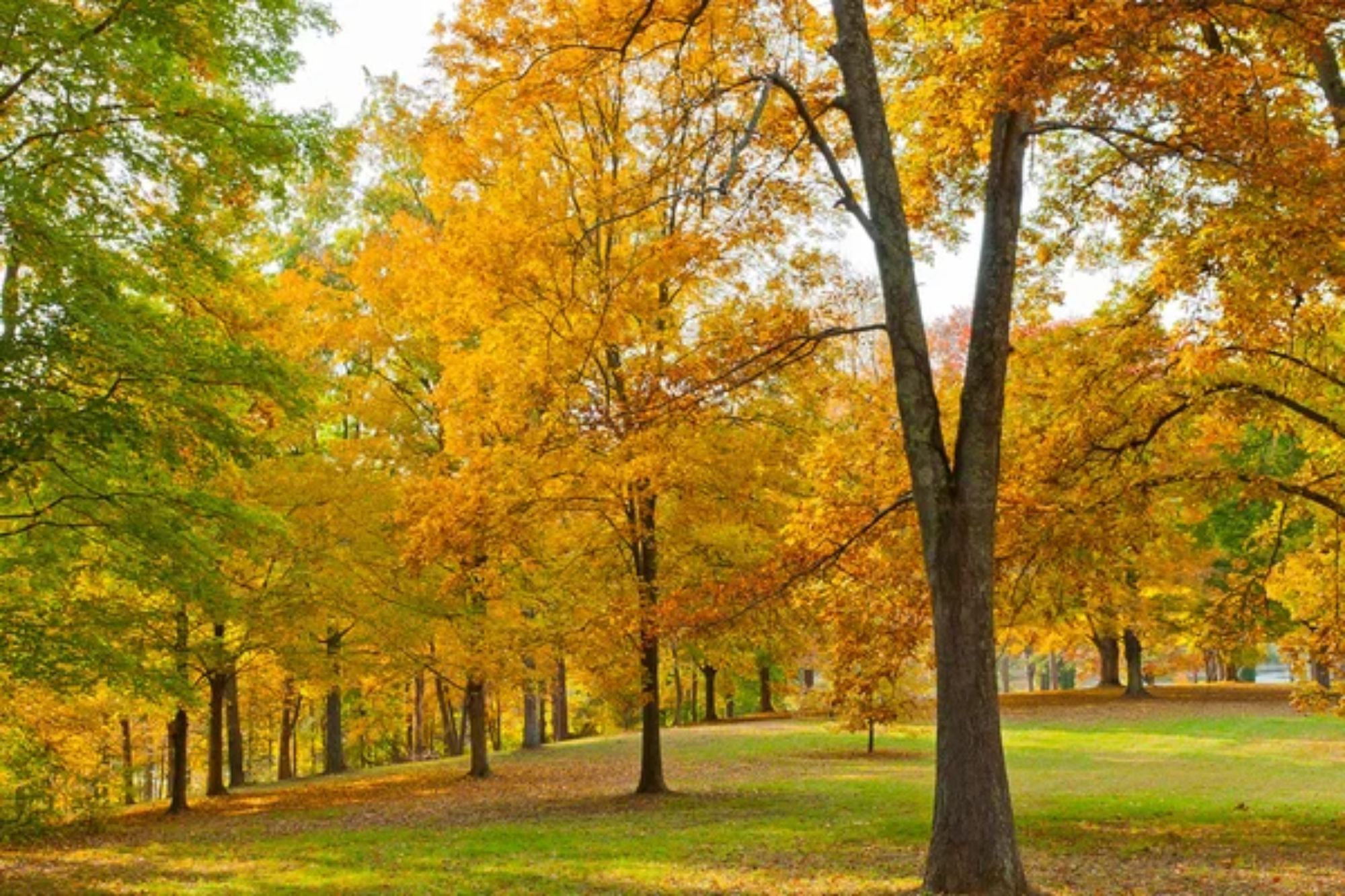
This 16,000-acre arboretum and research forest has documented remarkable beaver activity in recent years. Their Golden Pond area features accessible beaver habitat with viewing blinds for wildlife observation.
The forest’s conservation team monitors beaver impacts as part of their watershed restoration efforts, making it an educational destination for understanding human-beaver coexistence.
Algonquin Provincial Park, Ontario
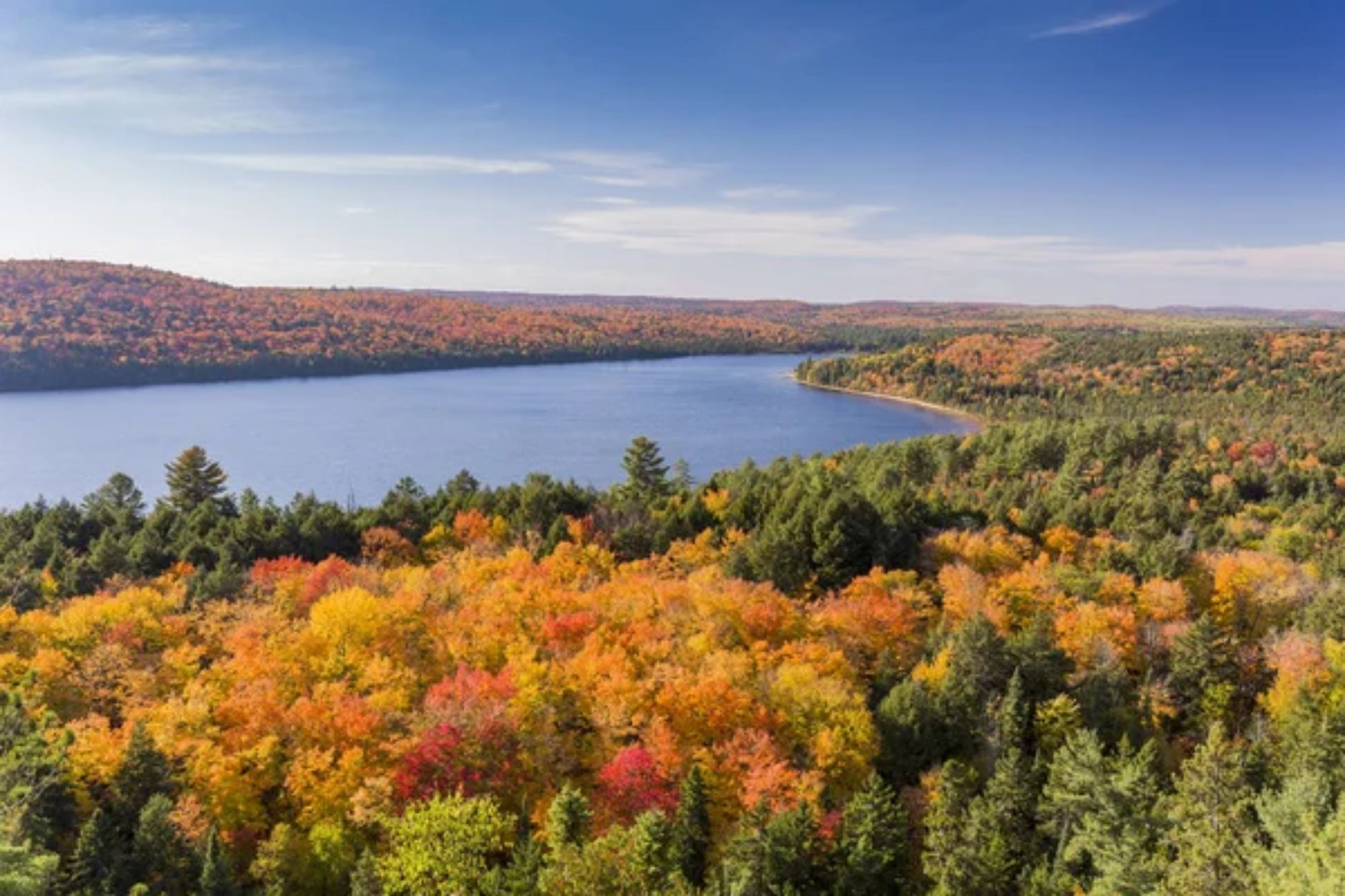
This iconic Canadian park offers exceptional beaver watching opportunities across its 2,955 square miles of protected wilderness. Beaver Pond Trail provides an interpretive hiking experience specifically focused on beaver ecology and habitat.
Canoe trips along the park’s countless waterways frequently yield beaver sightings, especially during dawn and dusk paddles.
Rio Mora National Wildlife Refuge, New Mexico
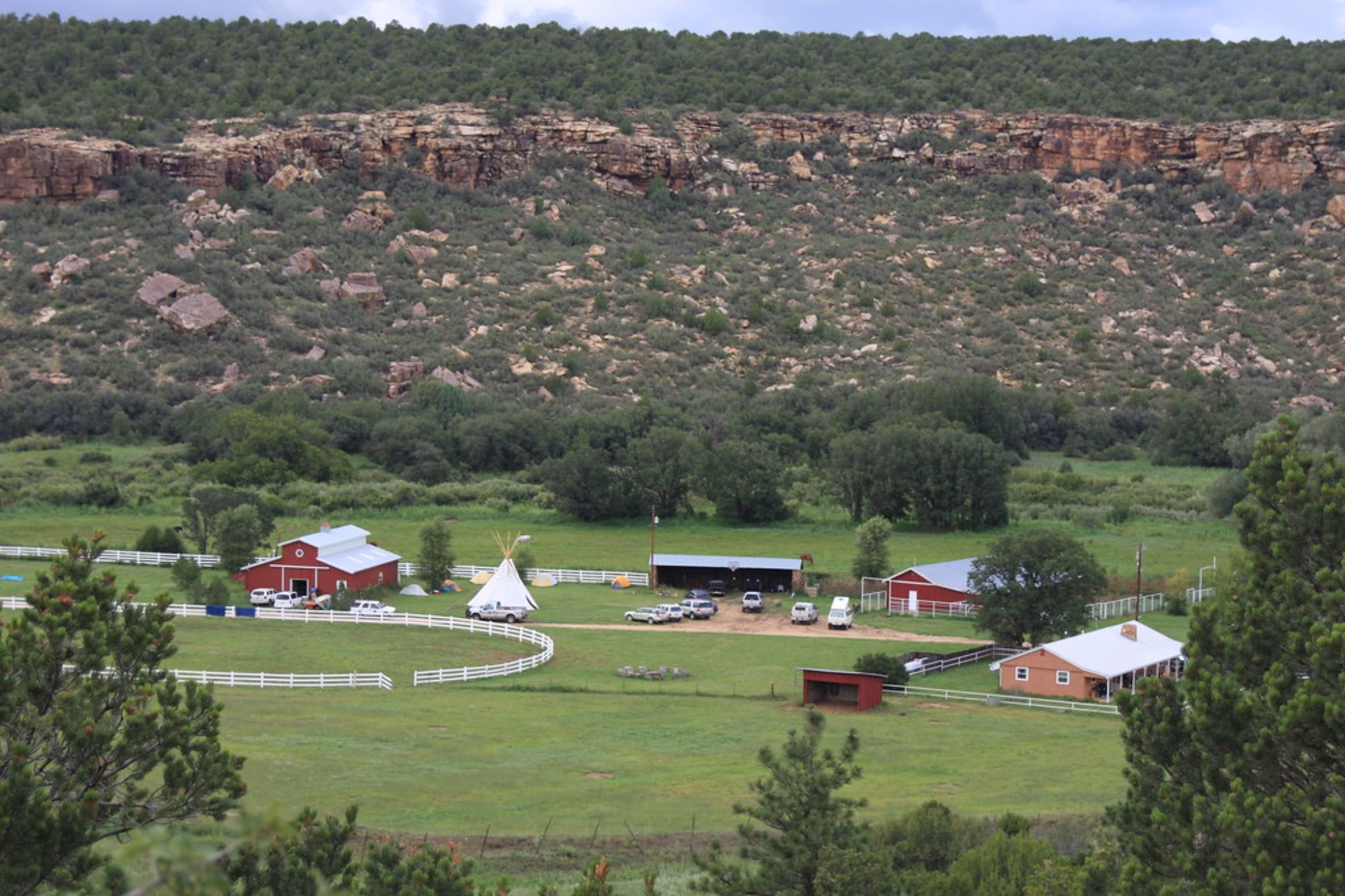
This former ranch has been transformed through restoration efforts that include beaver reintroduction as a key strategy. The refuge uses beaver dam analogs to encourage natural recolonization and stream restoration in this arid landscape.
Visitors can observe how beaver activity helps combat erosion and improve water retention in drought-prone ecosystems.
Like Travel Pug’s content? Follow us on MSN.
Bavaria Forest National Park, Germany
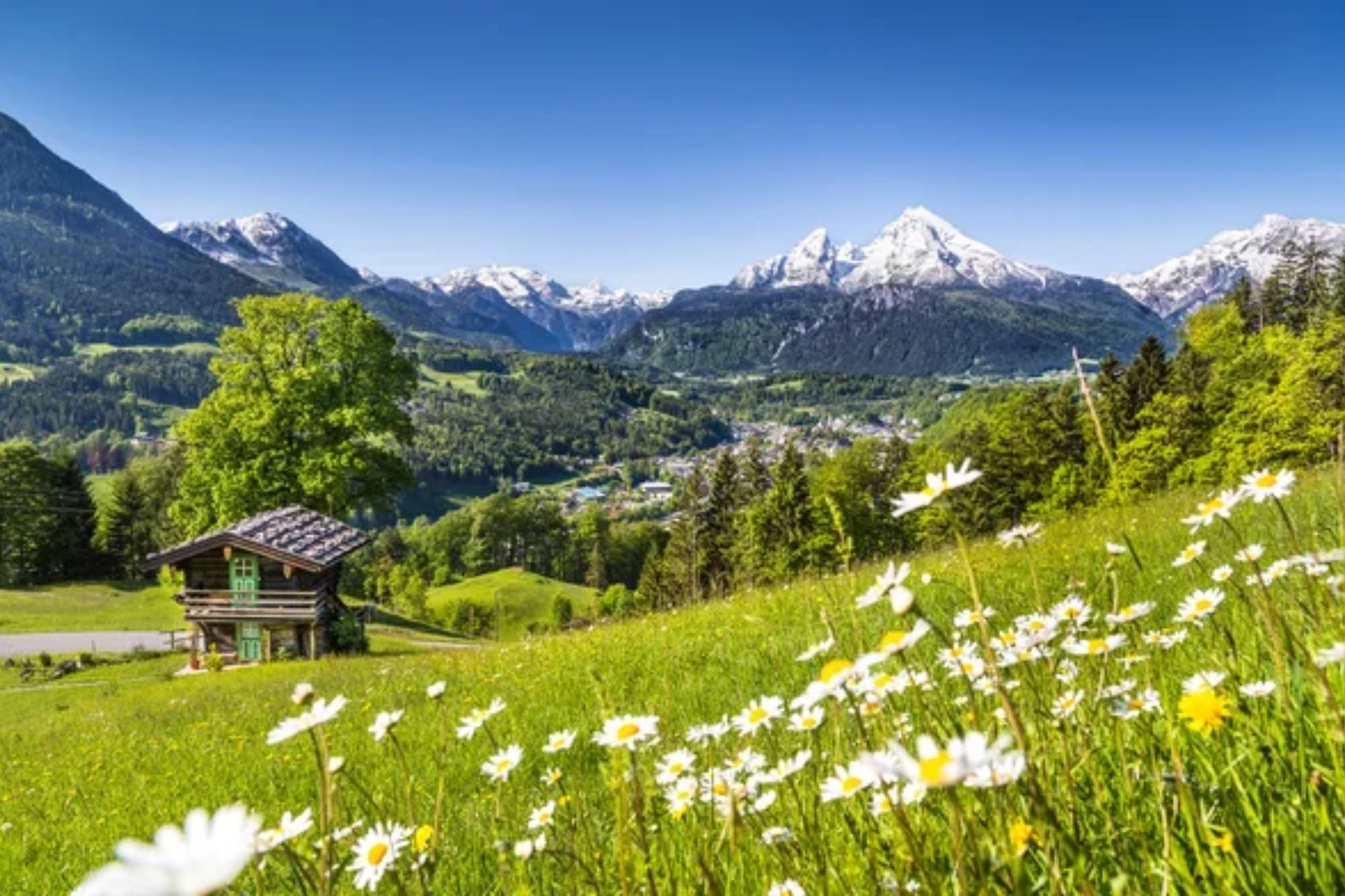
The reintroduction of beavers to Germany’s oldest national park has helped restore natural water dynamics to the region. Conservation efforts here showcase how beavers create habitat complexity that benefits numerous other species, from dragonflies to otters.
Guided evening excursions provide opportunities to spot these normally shy creatures going about their business.
Białowieża Forest, Poland

Europe’s last primeval forest hosts a healthy beaver population along its network of streams and rivers. These ancient woodlands offer a glimpse of how beavers functioned in undisturbed European ecosystems for millennia before widespread hunting.
Dawn wildlife tours often include beaver habitat in their itineraries, along with tracking other wildlife like bison and wolves.
Olympic National Park, Washington
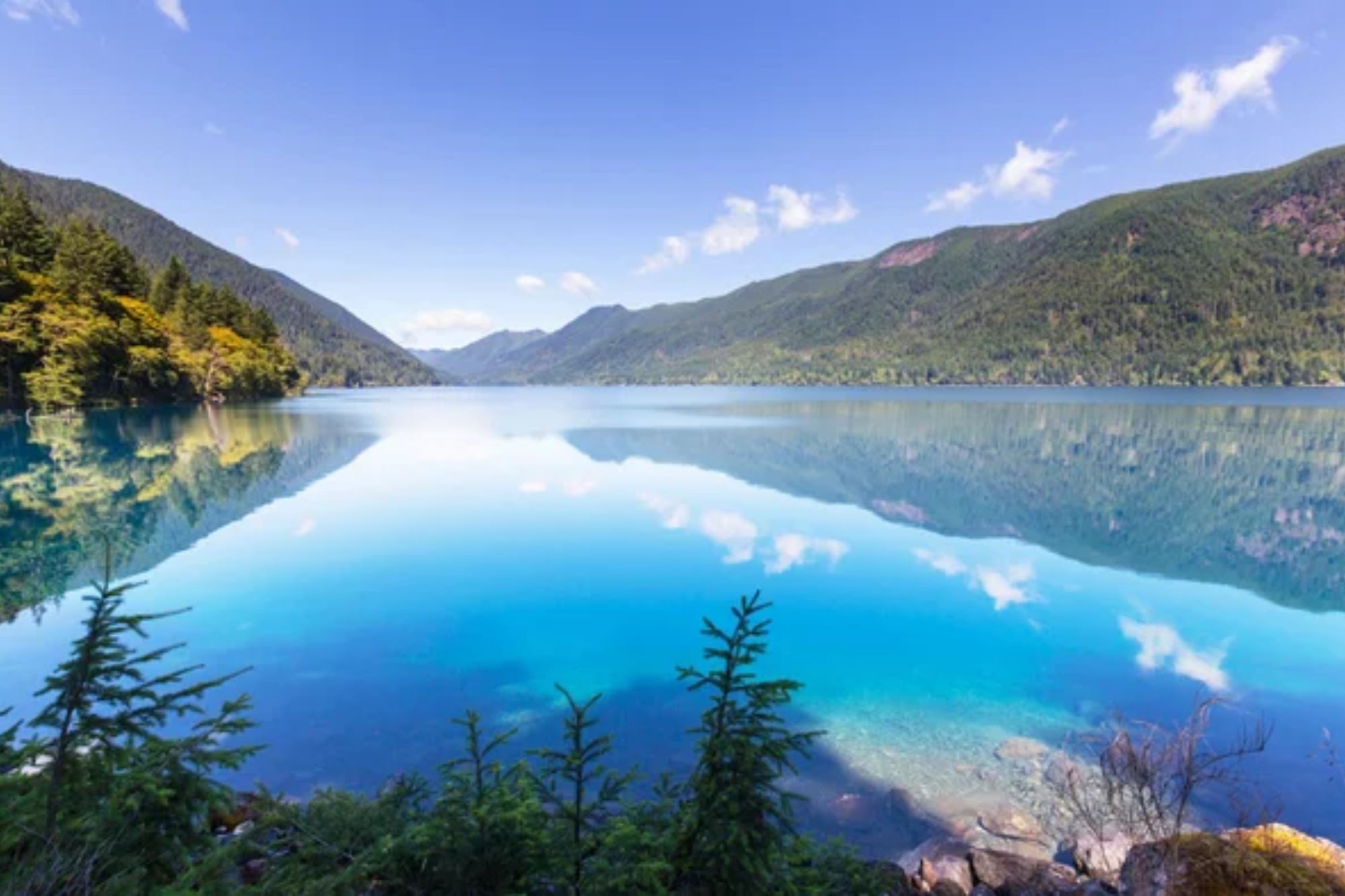
The diverse ecosystems of Olympic National Park include excellent beaver habitat throughout its river valleys and lowland forests. The Elwha River watershed showcases beaver colonization following dam removal, highlighting their role in natural river restoration.
Their dam-building activities create crucial salmon rearing habitat, demonstrating the interconnectedness of keystone species.
Like Travel Pug’s content? Follow us on MSN.
Beaver Ambassadors
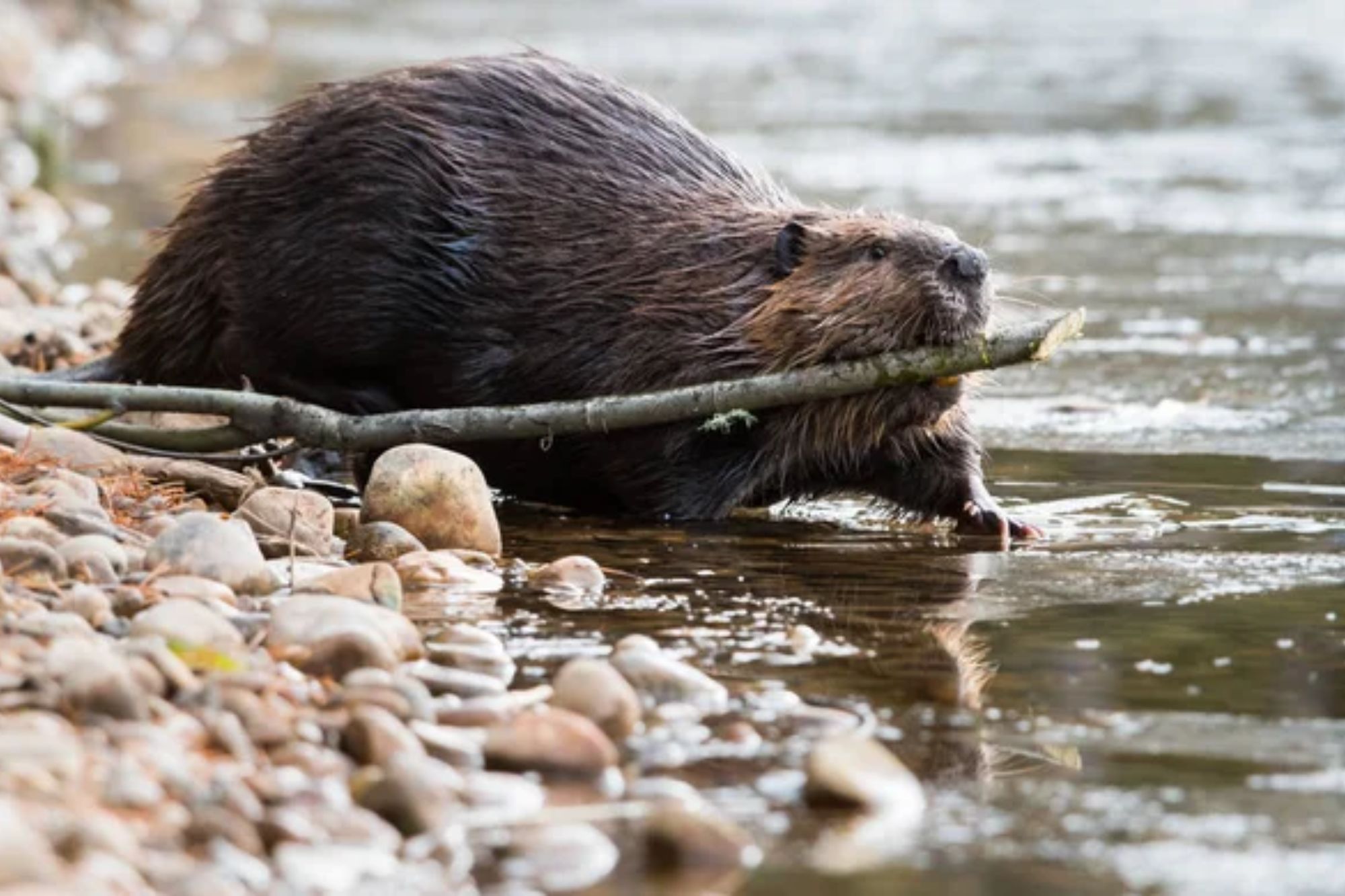
Understanding these remarkable creatures goes beyond just observing them. Many visitors become passionate advocates after witnessing beavers’ transformative impact on ecosystems.
Conservation organizations increasingly recognize beavers as nature-based solutions for water management, flood control, and habitat creation. The ripple effects of beaver activity—improved water quality, groundwater recharge, and increased biodiversity—demonstrate how a single species can positively reshape entire landscapes through their natural behaviors.
By traveling to observe beavers, you’re not just celebrating these industrious animals—you’re witnessing one of nature’s most effective ecological restoration tools in action. Each dam and lodge represents an ongoing conservation success story worth supporting through responsible wildlife tourism.
More from Travel Pug

- Cities Growing so Fast You Won’t Recognize Them in 10 Years
- 13 Destinations Where Tourists Regularly Regret Their Trip
- 20 Obscure WWII Sites Even History Buffs Don’t Know About
- 10 Under-the-Radar Mountain Towns That Are Both Affordable and Beautiful
- Remote Villages in Europe Where You Can Live for Free in Exchange for Work
Like Travel Pug’s content? Follow us on MSN.
